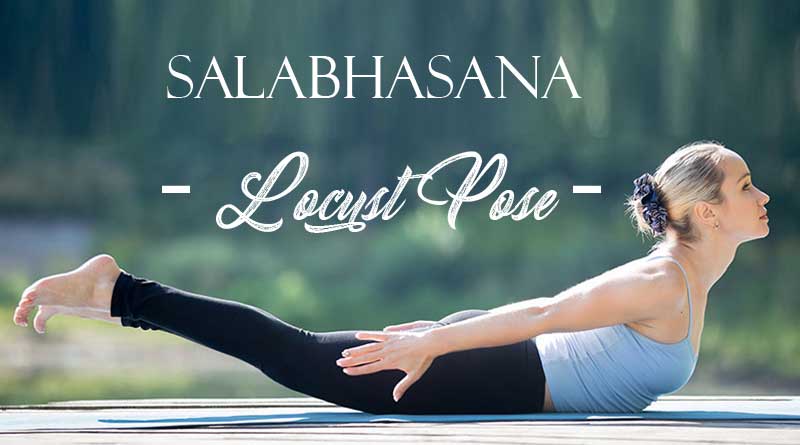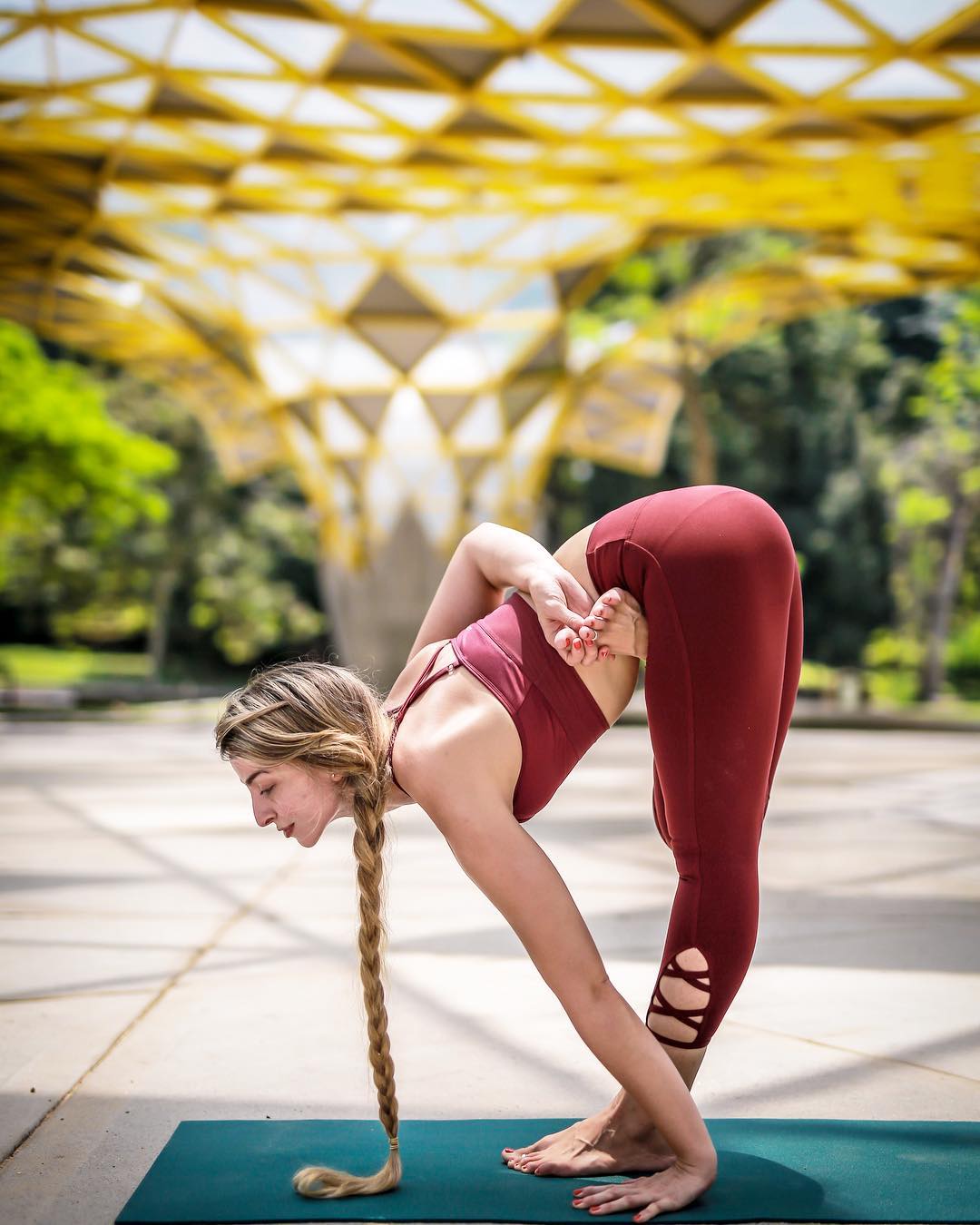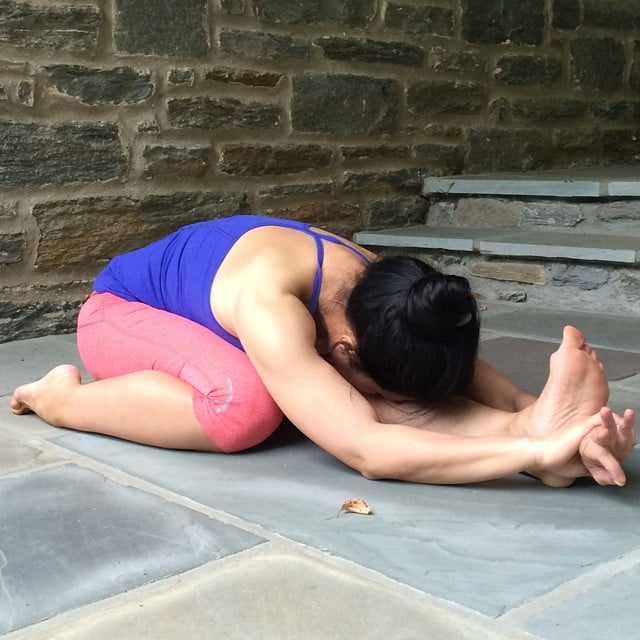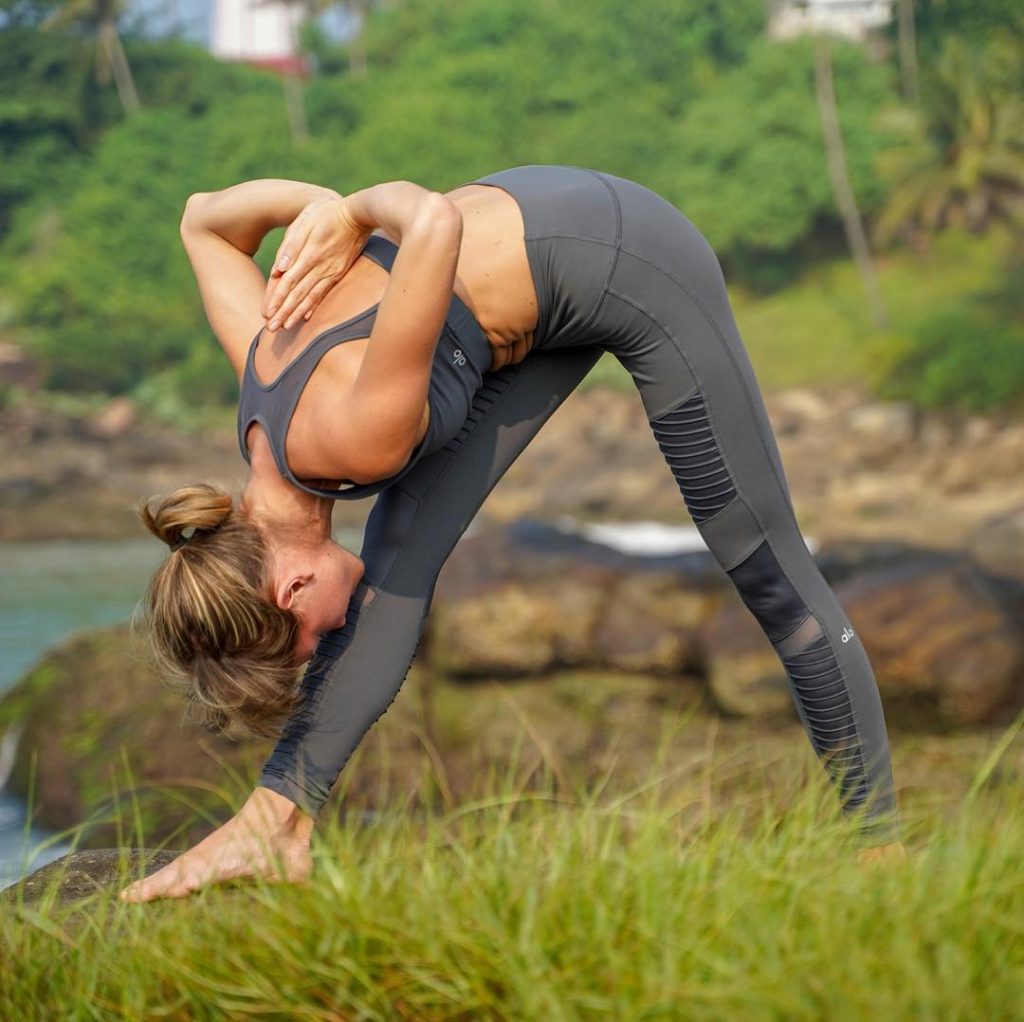
Sanskrit Name: Parsvottanasana (पर्श्वोत्तनासन)
English Name: Intense Side Stretch Pose / Pyramid Pose
Type of Yoga: Vinyasa Flow
Level of Yoga: Basic
Duration: 30 to 60 seconds (As per your capability)
Target Area: Vertebral column, Hamstrings, Hips, Wrists, Shoulders
Strengthens: Legs, Arms, Hamstrings
Parsvottanasana massages the internal organ and thus increases the length of the spine and balance it. It is also called “Pyramid Pose” because while practicing this asana our body appears like a pyramid. It cures problems of back pain, high blood pressure, and headache.
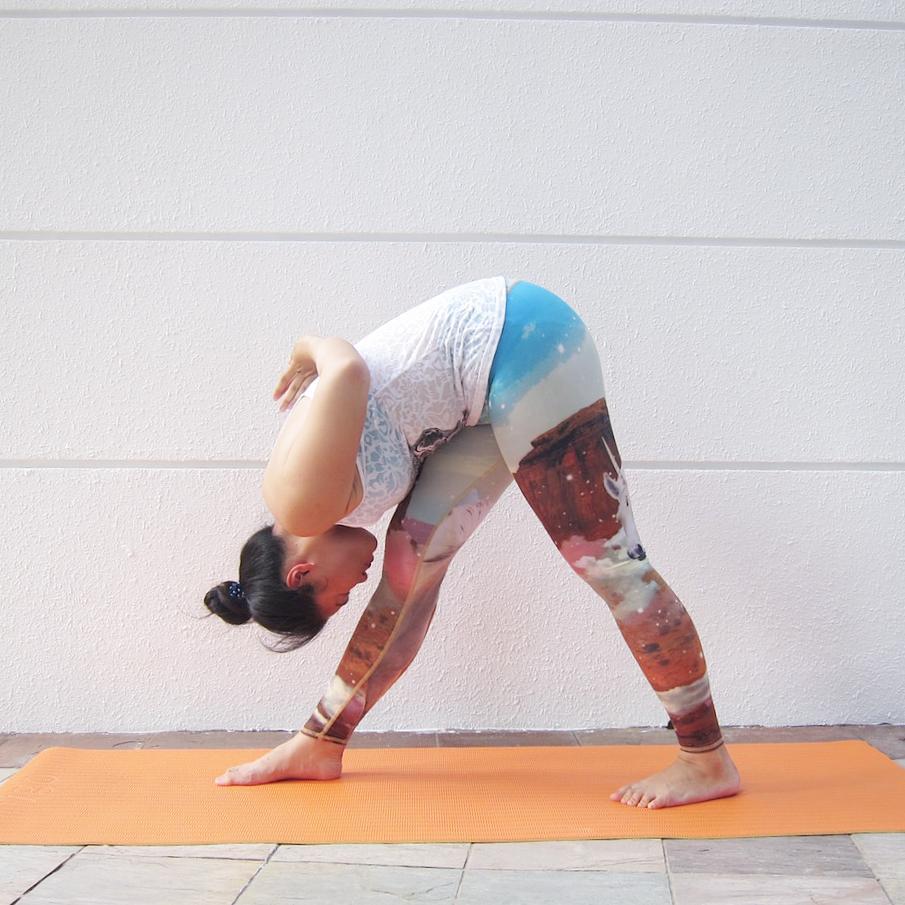
Table of Contents
What Does It Mean By Parsvottanasana (Intense Side Stretch Pose)?
The name of the Parsvottanasana is composed of three Sanskrit words, where
The first word is “Parsva (पार्श्व)” which means “Side”
The second word is “Uttana (उत्तान), which means “Intense stretch”
And the third word is “Asana (आसन)”, which means “Yoga Pose”
By doing this asana you will get relief from stress and there will be no health-related problems. In this article, the methods of practicing the Parsvottanasana, its benefits, its precautions, etc. are given in details below.
Preparatory poses of Parsvottanasana:
- Prasarita Padottanasana (प्रसारित पादोत्तासन) or Wide-Legged Forward Bend
- Utthita Parsvakonasana (उत्थित पार्श्वकोणासन) or Extended Angle Pose
- Utthita Trikonasana (उत्थित त्रिकोणासन) or Extended Triangle Pose
- Adho Mukha Svanasana (अधो मुख श्वानासन) or Downward-Facing Dog Pose
- Parivrtta Parsvakonasana (परिवृत्त पार्श्वकोणासन) or Revolved Side Angle Pose
- Padahastasana (पादहस्तासन) or Standing Forward Bend Pose
- Parivrtta Trikonasana (परिवृत्त त्रिकोणासन) or Revolved Triangle Pose
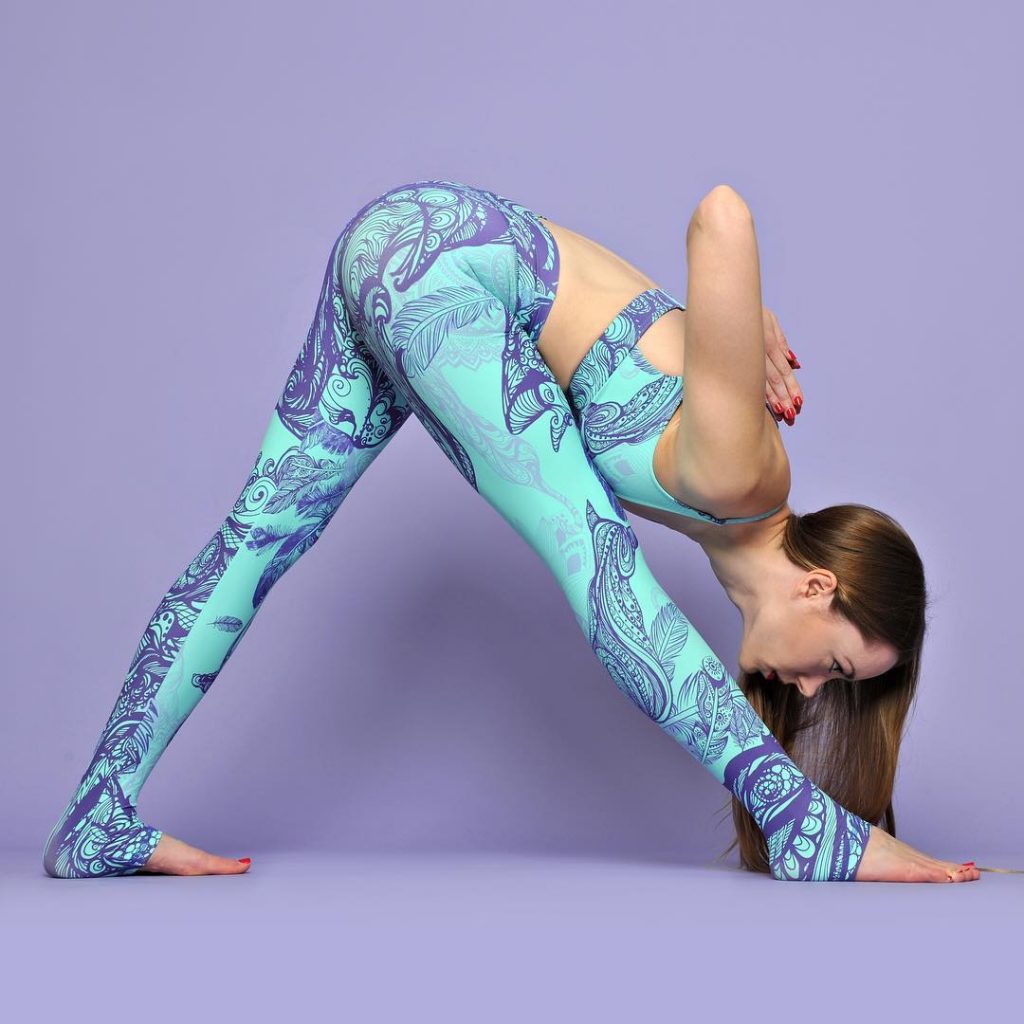
Method of doing Parsvottanasana:
At first stand in Tadasana or Mountain Pose
Taking your hand at the back join your palms in the Namaskar (Prayer) posture
Take the breath in and take the feet 2.5 to 3 feet away from each other according to your height
Turn your left foot in between 45 to 60 degrees, and turn the right foot back to 90 degrees. Align the right heel with the left heel.
Slowly turn your torso
After doing this, tilt the torso forward (Keep in mind that you bend the joints of the hips and not the joints of the back)
If possible, take the head to the right side. In case this is not possible then bend towards the front as much as possible
Take five breaths in total and leave them out so that you can stay in the asana for 30 to 60 seconds
Gradually, such as strength and flexibility in your body, you can increase the time – do not exceed 90 seconds
After breathing 5 times you can come out easily. Taking the breath in order to get out of the asana, lift the head and back together, keep the hands on the waist and bring the feet back inside.
After making the right side, making all the steps on the left side too.
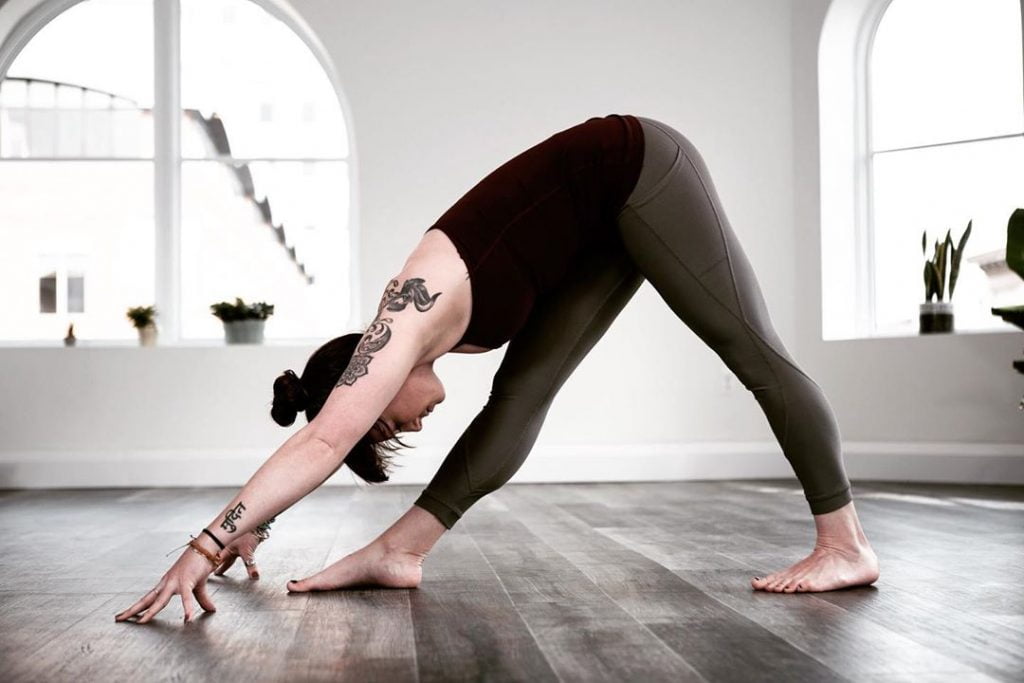
Beginner’s Tips:
Follow Up Poses of Parsvottanasana:
- Utkatasana (उत्कटासन) or Chair Pose
- Utthita Hasta Padangusthasana (उत्थित हस्त पादंगुष्ठासन) or Extended Hand-To-Big-Toe Pose
- Virabhadrasana 1 (वीरभद्रासन 1) or Warrior Pose 1
- Virabhadrasana 2 (वीरभद्रासन 2) or Warrior Pose 2
- Ardha Baddha Padmottanasana (अर्ध बद्ध पद्मोत्तासन) or Half Bound Lotus Standing Forward Bend
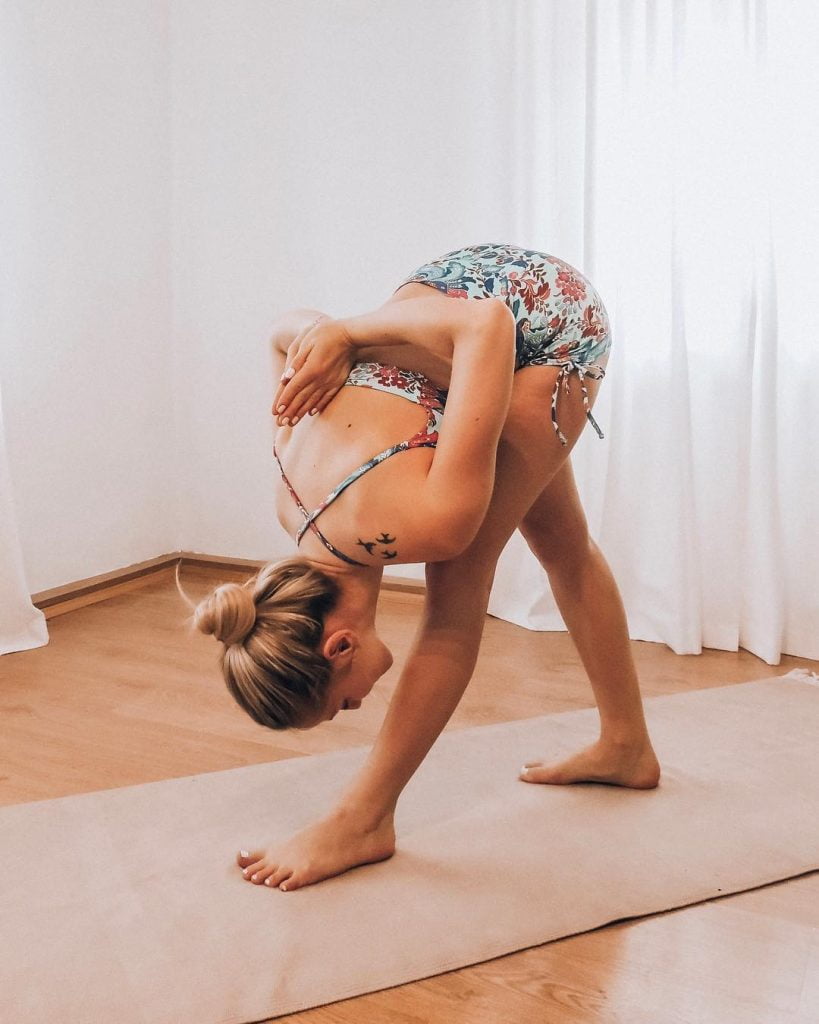
Precautions of Parsvottanasana:
If you are pregnant or have hurt your hands, then avoid this asana
In case you have high blood pressure or back injury, then you should not do Parsvottanasana (Intense Side Stretch Pose)
Do not put too much emphasis on your ability
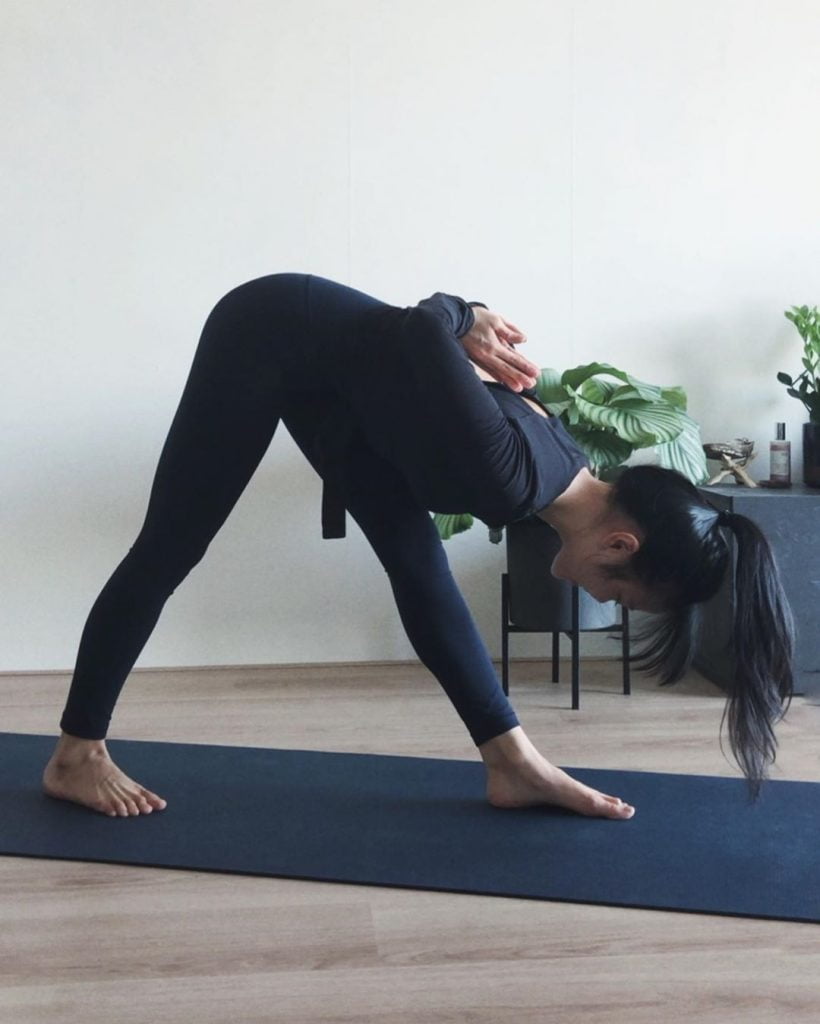
Benefits of Parsvottanasana:
- By regularizing the Parsvottanasana posture, there is a pull in the spinal cord and the shoulders
- Stretches in the spinal cord, hips, shoulders, hamstring, and wrists
- Strengthen the legs and thus helps you get rid of problems related to legs
- Makes the brain calm and thus provide peace of mind
- Stimulates the abdominal organs
- Improve digestion when you practice daily
- Helps reduce arthritis in the neck, shoulders, elbows, and wrists
- Increases the sense of balance if you practice it regularly
- Liver, spleen, and stomach good massage so practice this asana regularly
- Doing this strengthens the foot and improves the balance of the body
- By regularizing the Parsvottanasana posture, it relaxes the mind by resting it
- In the excitement of the stomach and its organs, the contribution of Parsvottanasana remains
Recommended Articles:-
- Setu Bandha Sarvangasana | Bridge Pose | Steps & Benefits
- Marjariasana | Cat Pose | Steps & Benefits
- Makarasana | Crocodile Pose| Steps | Benefits | Precautions
- Hanumanasana | Monkey Pose | Steps & Benefits
- Tittibhasana | Firefly Pose| Steps & Benefits of Tittibhasana
- Ardha Mandalasana | Half Circle Pose | Steps & Benefits

